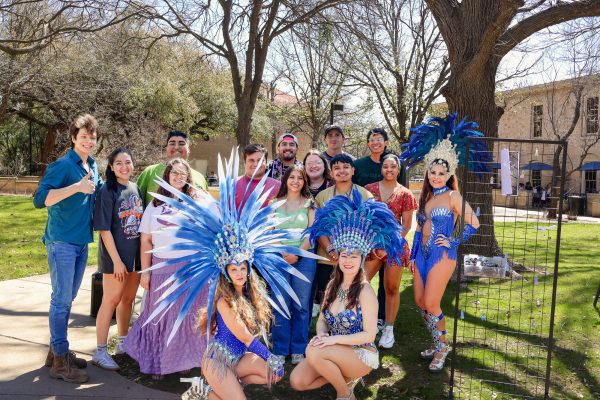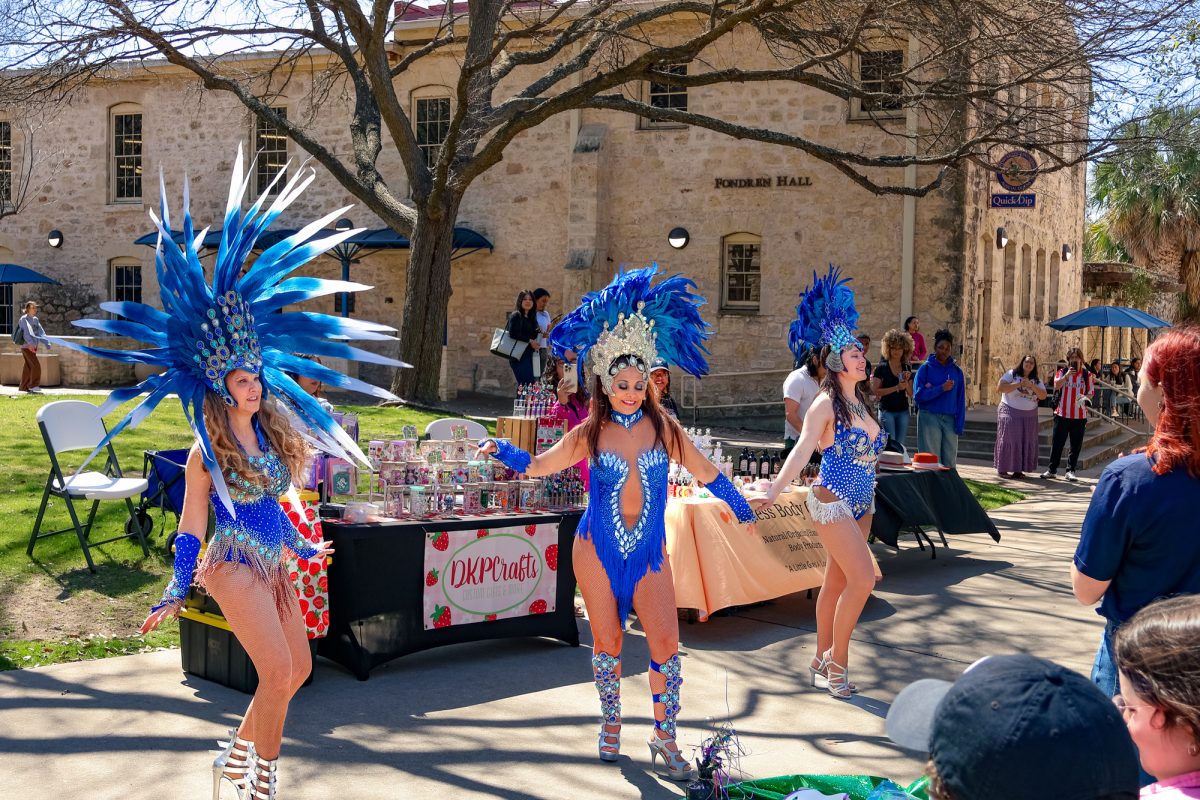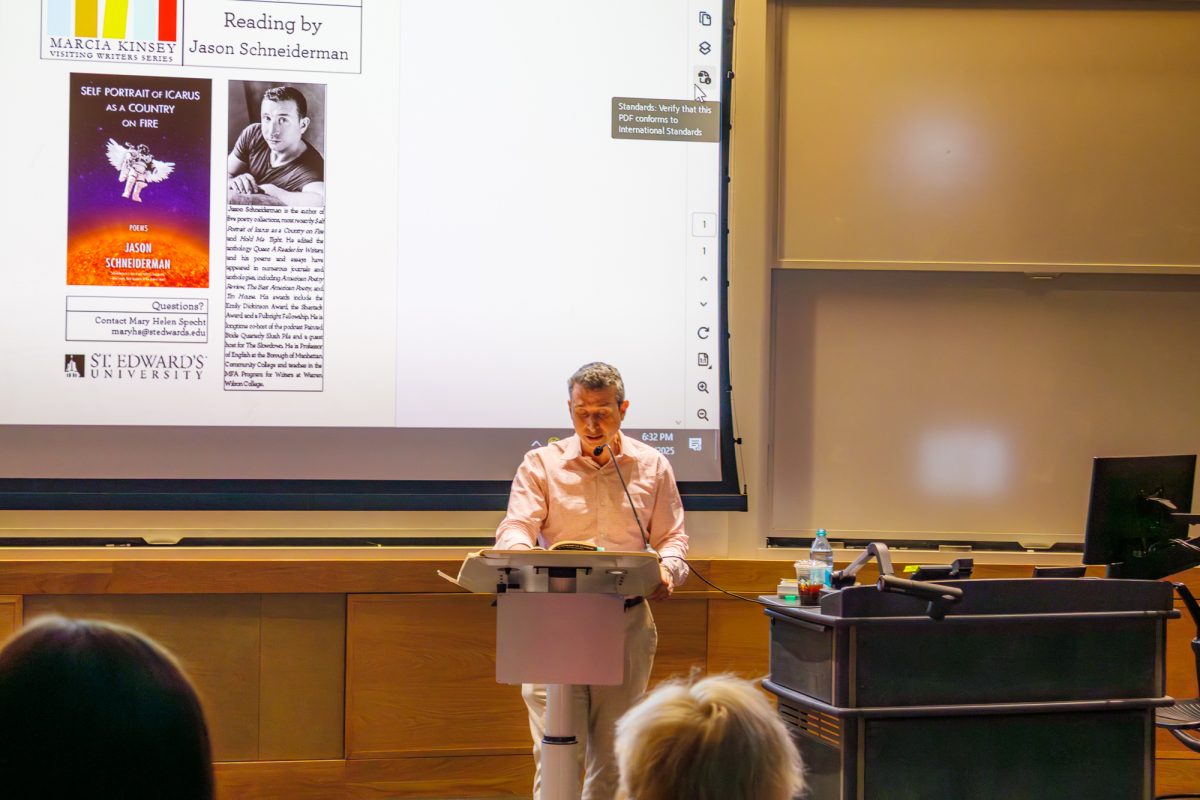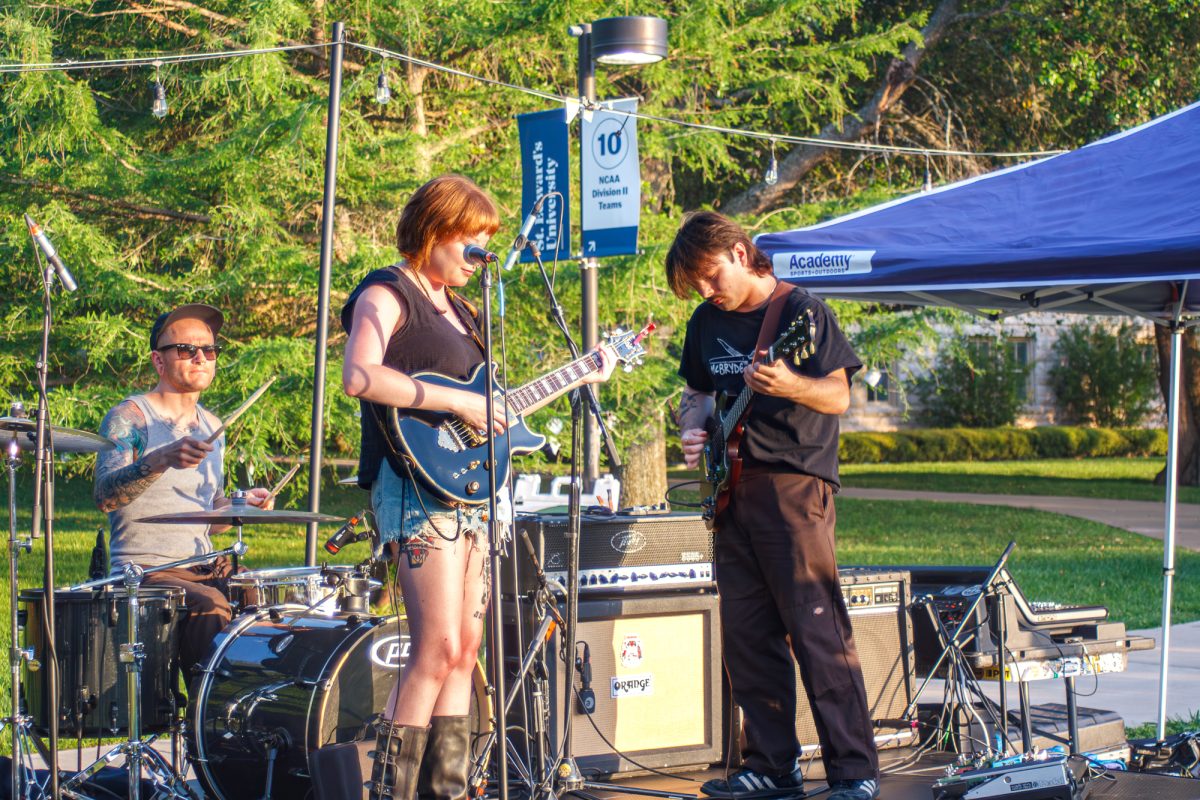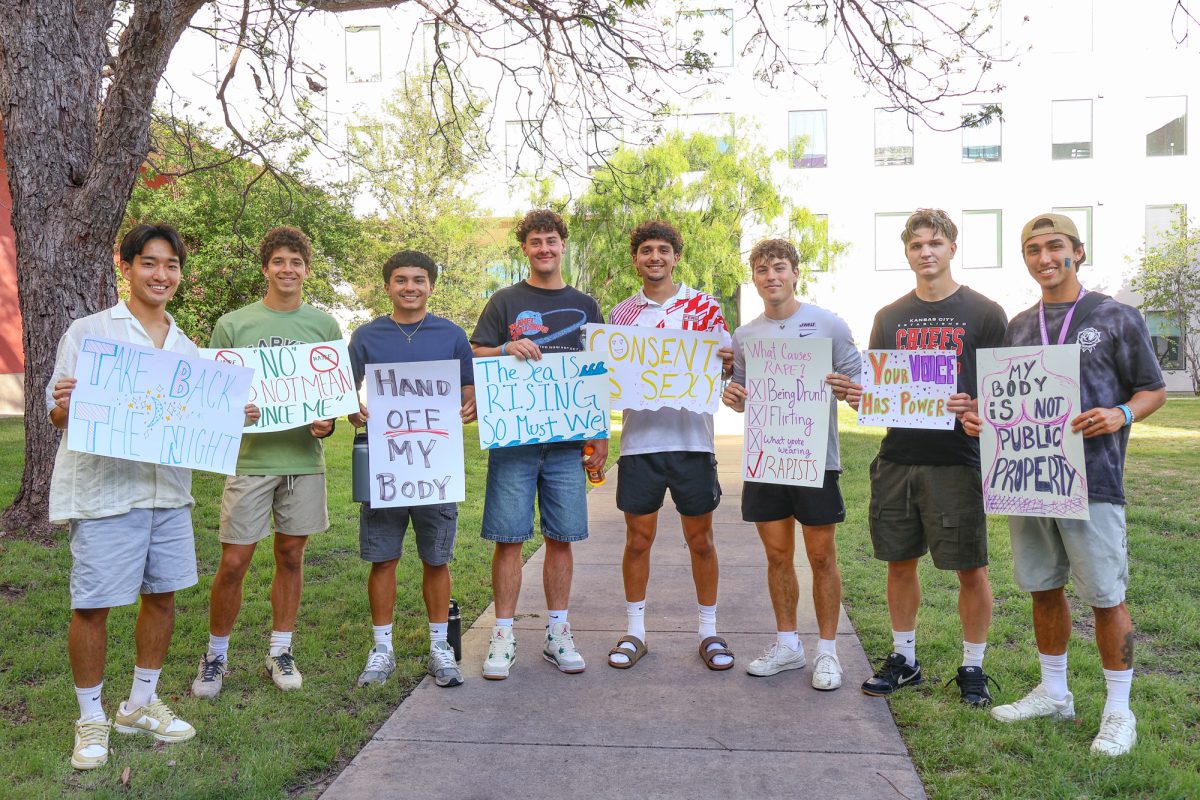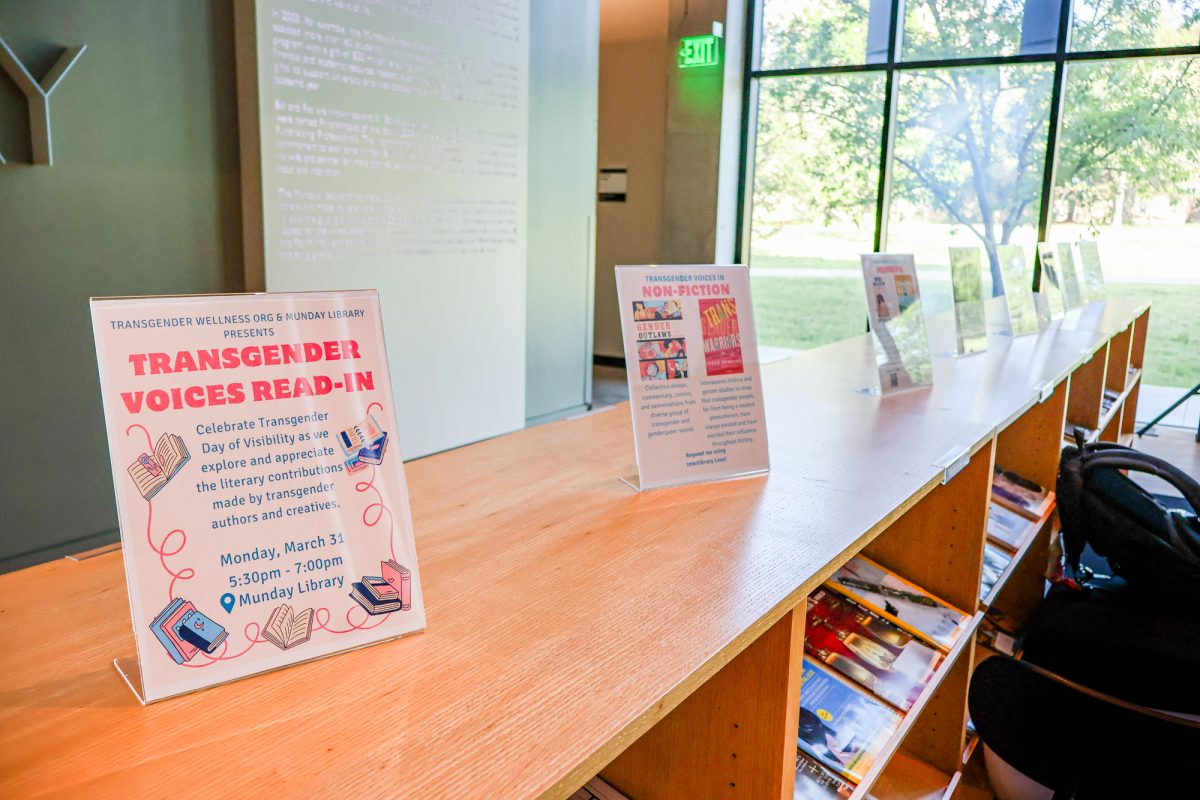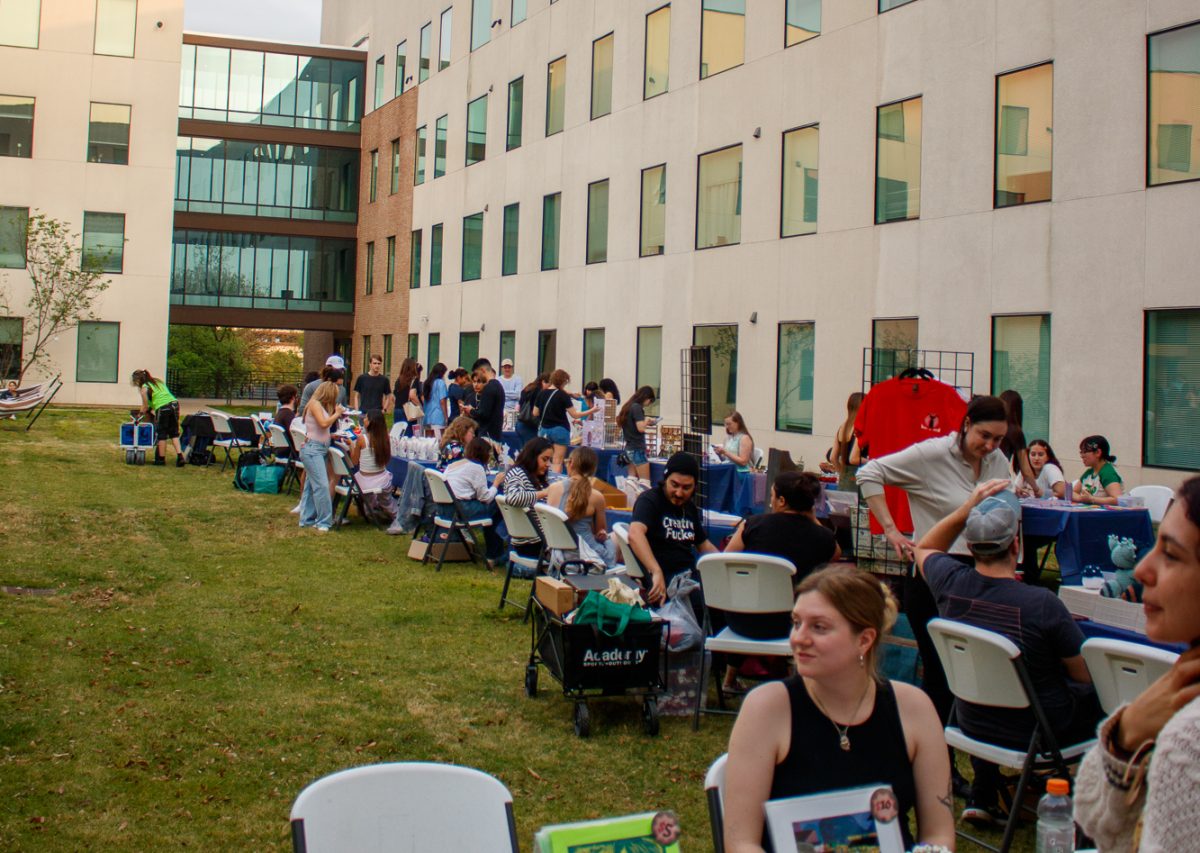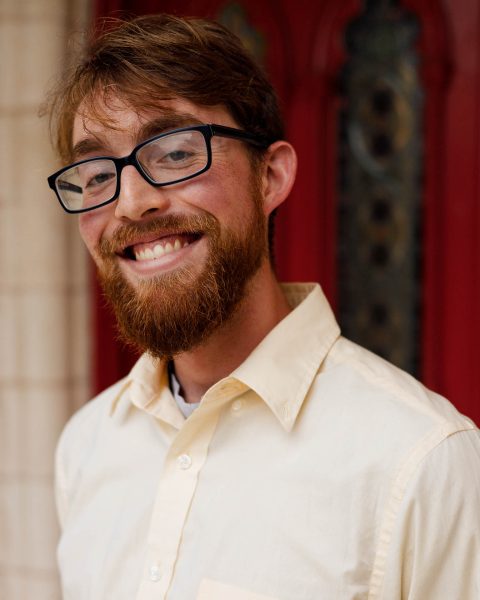For the first time, Carnaval, the famous pre-Lenten tradition in Latin America, made its way to the hilltop on March 11. The Office of Student Belonging and Inclusive Excellence (OSBIE) hosted the event hoping to bring out the qualities of Carnaval from Latin America and celebrate the holiday.
Stephanie Merchan, an OSBIE intern and international student from Ecuador, spearheaded the event.
“It’s been in the talks since (2022),” Merchan said. “I started interning in the office this semester, and I actually wanted to do it, to bring the idea to life. This is where we are now.”
Lining the sidewalks in front of Ragsdale Lawn, several booths were selling their wares – including handmade bracelets, cowboy hats, perfumes, candles and artwork. Students could also enjoy a free meal: gumbo. Served by Bon Appetit, gumbo is the trademark dish of New Orleans, another region famous for its pre-Lenten celebration of Mardi Gras.
The main desk, where students could collect their free meal tickets, also passed out Carnaval masks for attendees to decorate. Markers and beads were provided for decoration, in true Carnaval fashion.
“Carnaval is a celebration that is celebrated through so many different countries, so it’s kind of hard to encompass all of the cultures within one event,” Merchan said. “I tried to incorporate little things that each one of them do, and obviously the traditional stuff like beads and masks. Within Latin America, the biggest carnaval celebration is in Brazil, so I felt like samba dancers should be brought in.”
The three samba dancers were the main attraction of the event. About an hour in, they were adorned in brilliant blue headdresses and silver jewelry. These women stunned the crowd as they swayed and bobbed to the lively music. But their main performance began once they reached the middle of the crowd; They would dance as one, and then alternated individual solos. Each dancer would rotate around each other as they swapped out.
After their initial performance, the dancers gave some brief background on samba and its Afro-centric roots. Samba ultimately originated from the tribal dances of African slaves brought to Brazil by Portuguese slave traders. They explained that the descendants of these peoples evolved the dance until it became the Afro-Brazilian staple we see nowadays – which many Brazilians consider a proud part of their culture.
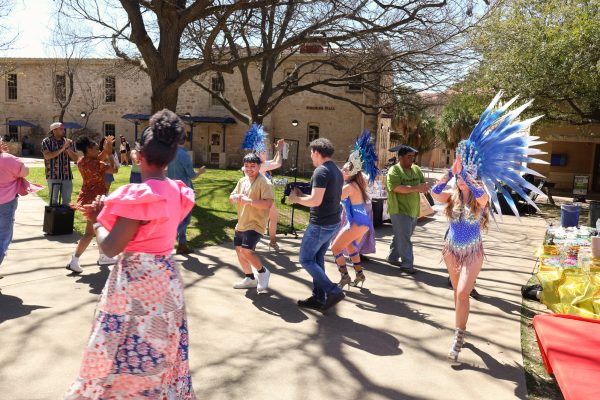
The dancers then invited the crowd to join them for a brief samba lesson. Two different choreographies were taught, and spectators danced side by side with the samba dancers.
“I was nervous at first because I don’t know how to dance,” junior Justin Trevino said. “But it was really fun dancing with them, even though I was doing really bad. I think shaking it off was my favorite part … They were really good teachers because as someone who doesn’t know how to dance, I was like, ‘okay, I can kind of follow along.’”
Cultural exchange between people was the aim of the event, and many of the attendees seemed to agree that it was a success. Ballet Folklorico dancer Luis Rios shared some thoughts.
“It’s a part of sharing your own culture,” Rios said. “Sharing that with people, bringing that energy. I love experiencing other people’s culture and being able to see it. … I really loved how the dancers spoke about the tradition behind Carnaval. How it started, the Afro-Centric origin, I really loved it. I thought it was really interesting.”
Merchan thought to bring on samba dancers as a tribute to Latin America’s largest carnaval celebration: Rio de Janeiro. Everyone who participated recognized that the dancers were good teachers and that they had learned something new about Carnaval.
Countries from all over Latin America, and the world, celebrate Carnaval in their own unique ways. Merchan wanted the hilltop to see the variety of Latin American cultures outside of Mexico, and seems to have succeeded. You can find more events from the Office of Student Belonging and Inclusive excellence on their CollegiateLink page and on their Instagram page @seu_belongingandinclusion.
